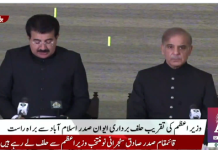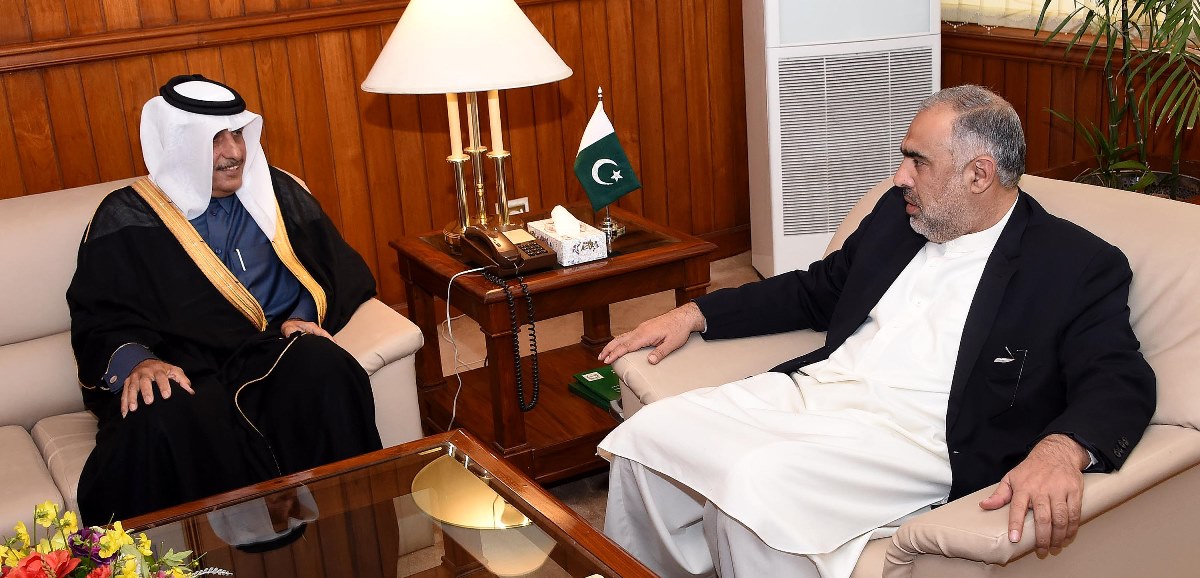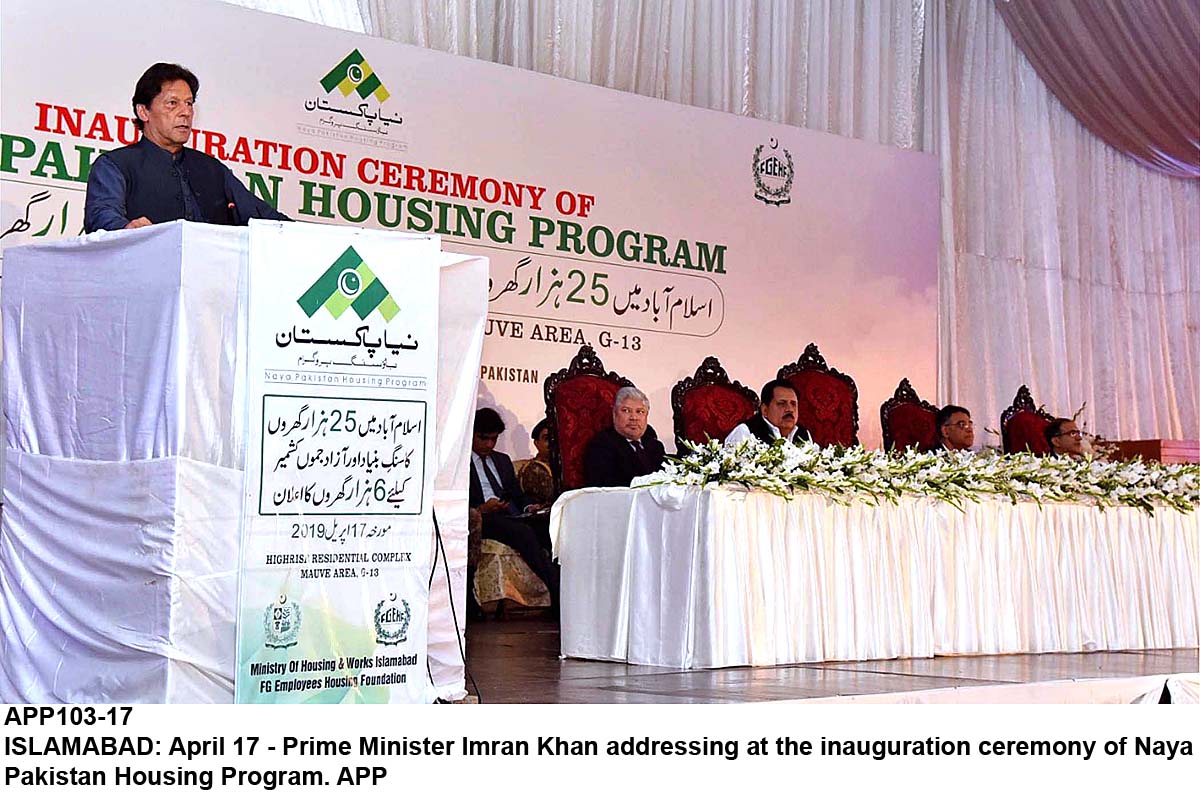LAHORE: A report has revealed that the women’s education in the country remain the lowest among other South Asian states as Pakistan stand behind, Sri Lanka, Bangladesh and Maldives.
However, the indicators have recorded significant improvements during the last 15 years – but these are still not enough to compete with the second lowest region (South Asia) in the world in terms of educational indicators.
Lahore University of Management Sciences (LUMS) Research Centre launched it’s a report – titled ‘Empowering Women in South Asia’. It presents a detailed analysis of women’s empowerment in five countries: Pakistan, India, Bangladesh, Nepal and Sri Lanka.
Each year, the report analyses an issue concerning the socio-economic development in the region – though considerable progress has been seen this year but limited opportunities have been offered to women in economic, political, and justice system.
A launching ceremony was organised which was addressed by LUMS Human Development Centre President Khadija Haq, Justice (r) Nasira Iqbal and Syeda Henna Babar Ali and other speakers including United Nations (UN) secretary general’s Special Advisor Syed Iqbal Riza and National Commission on the Status of Women’s Chairperson Khawar Mumtaz.
The report further revealed that the female literacy rate has improved by about 50% – while the female gross enrolment rates at the primary, middle and matric levels have also increased by 15 percentage points. All the indicators show an improvement in gender parity but the report suggests an overwhelming 55% of illiterate females with significant gender disparity at all levels of education.
Moreover, the country has the largest number of out-of-school children in the world only after Nigeria – more than half of whom are female.The country has witnessed the highest number of laws being passed for women – with the most important ones: ‘Protection of Women Act 2006’, ‘domestic violence law’ and the ‘Protection against Harassment of Women at Workplace Act 2010’.
However, there have been a number of loopholes and problems in the implementation of these laws – as is evident from the high incidence of violence against women – and this is attributed to the judiciary, police and prosecution’s poor performance.
According to the report, Pakistani women’s capabilities in areas of politics and law have increased significantly but the economic empowerment remains low – along with undervaluation of their contribution.
Customary practices and religious interpretations often override formal laws for women protection from discrimination and violence – despite the existence of legal provisions.
An increase in opportunities and capabilities has resulted in the improvement of women in governance structures and in decision-making bodies – the most important has been in the form of representation in the parliament with a 17% reserved quota for women but they still face exclusion from key portfolios such as finance, defence and foreign affairs.
Similarly, judiciary and civil service offer 15% reserved seats in lower courts and female judges account for only 5% of the total seats in the higher courts.













